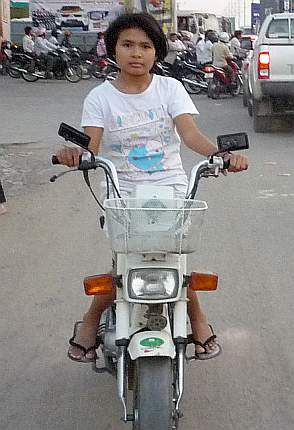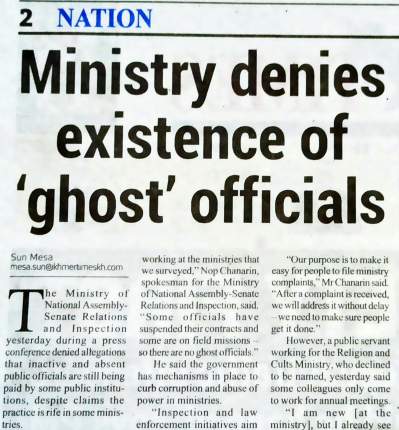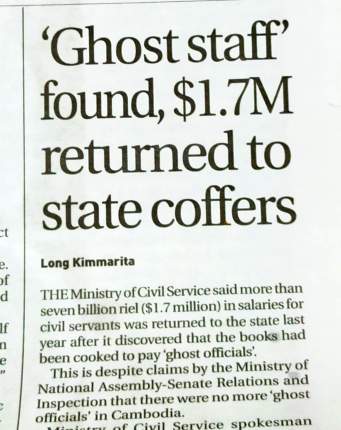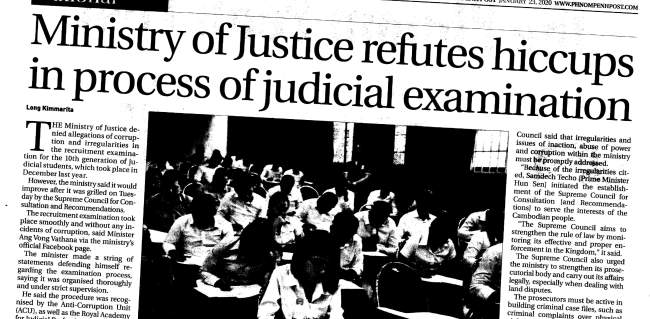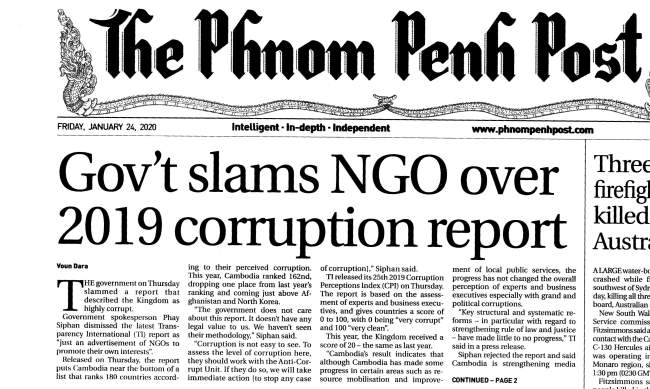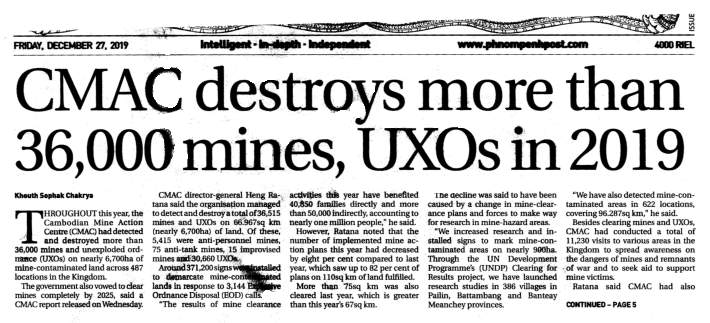Let us pray . . .
For the world and its leaders, may all those in authority have the courage to walk the path of peace.
For our nation in this time of election and transition, may we be gifted with a spirit of reverence for what is right, charity for those with whom we disagree and concern for the common good.
For all who serve in our national and local governments, may they commit themselves to building a more perfect union.
For reconciliation among families and friends, may we learn to love each other not despite but because of our differences and may we focus fully on the work that continues beyond this election–the work of building God’s beloved community.
For those most affected by the choices we make, those who are made poor, those seeking safety in our land, those who are ill or without homes, those without food or meaningful work, and for all whose lives are undervalued, may they find welcome in our hearts and in our country.
Amen
